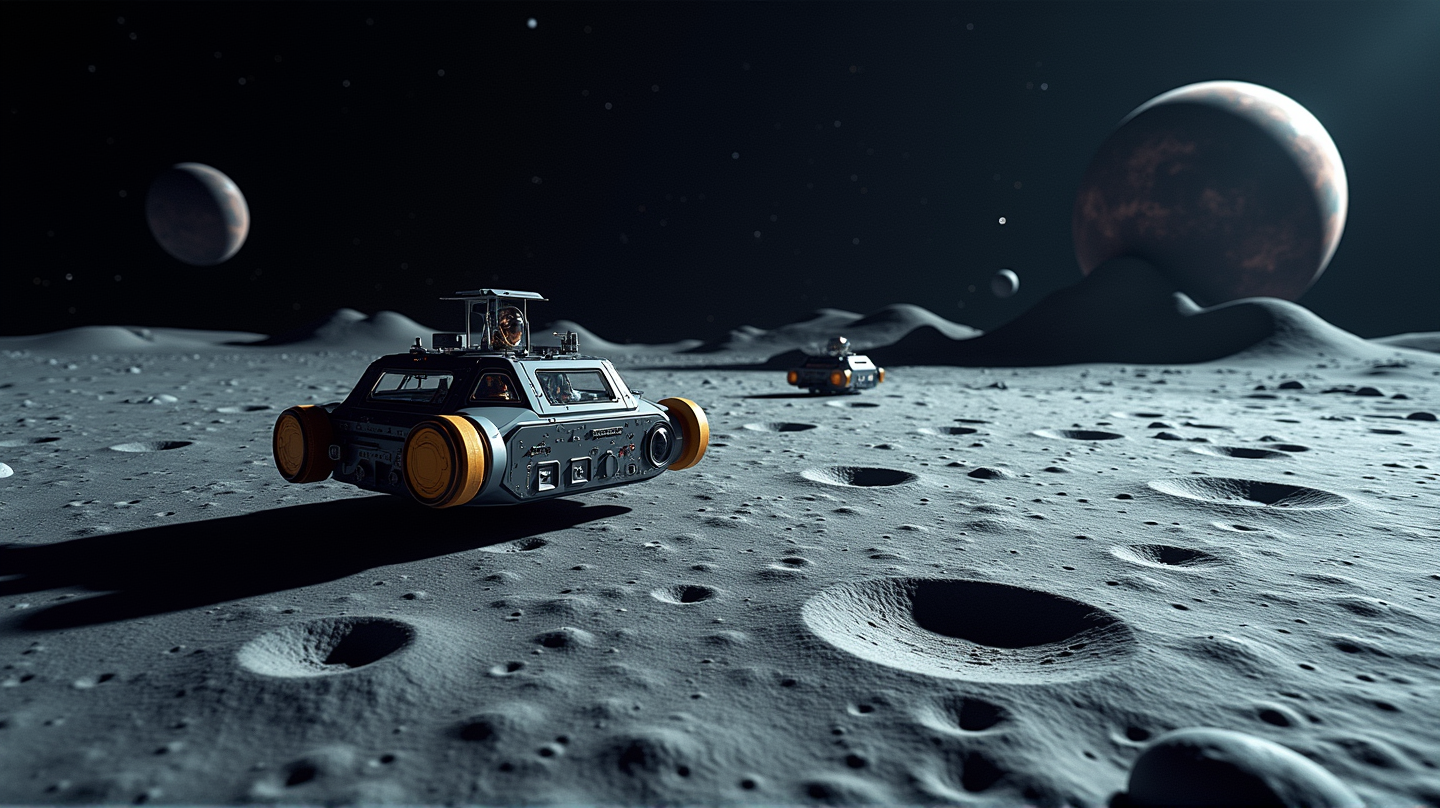In the heart of Adelaide, Australia, a groundbreaking AI technology is taking center stage with the potential to transform how we explore the moon’s surface. AI researchers have developed a system known as STELLA, which could lead to incredibly precise lunar surveys and even redefine our approach to planetary exploration.
Revolutionary Lunar Mapping with STELLA
Developed as part of a novel Crater-Based Navigation (CBN) system, STELLA leverages advanced AI techniques to enhance spacecraft navigation during long-duration lunar missions. Unlike traditional positioning methods, CBN processes images of the Moon’s craters to pinpoint the exact position of spacecraft, achieving unparalleled accuracy. As McLeod, a postdoctoral researcher at Adelaide University, explains, this AI innovation allows spacecraft to navigate with few errors and provides a highly reliable positioning system.
Bridging Gaps with Crater-Based Vision
STELLA operates autonomously by utilizing the visible surface patterns of lunar craters to determine spacecraft positions. The reliance on natural landmarks rather than external signals like GPS allows the system to function effectively in all lunar regions, including areas previously thought unnavigable such as the Moon’s south pole. This autonomy is a significant breakthrough as it ensures position accuracy even in permanent shadowed zones, enhancing mission capabilities and safety.
Meeting the Needs of Future Missions
The groundbreaking STELLA technology finds its first use in the upcoming Japanese TSUKIMI mission, slated for 2028. This mission aims to conduct an extensive survey of the Moon’s resources, particularly in mapping water and other critical elements. Adelaide University’s AI expertise ensures that each specific location is computed with impressive precision, promising vital advancements in resource mapping that could aid future lunar colonization efforts.
A New Era in Space Exploration
AI technology like STELLA opens new doors for lunar and planetary science, offering insights for accurate mapping of key resources and facilitating planned infrastructure placements on the Moon. According to Sofia McLeod and her team, this marks a major leap forward from existing radio-ranging techniques, signifying a new dawn for lunar mapping.
The Broader Implications
The applications of STELLA transcend lunar exploration. Its adaptability might one day make it an essential tool for surveying other celestial bodies, enabling scientists to conduct highly precise planetary surveys. According to Forbes, the implications are as vast as the universe itself, setting the stage for groundbreaking advancements in space exploration.
As lunar exploration continues to evolve, technologies like STELLA promise not only to enhance our understanding of the Moon but also set the precedent for interplanetary navigation methods. With AI taking the lead, the next generation of space missions is set to explore, survey, and unlock the heavens with greater precision than ever before.
